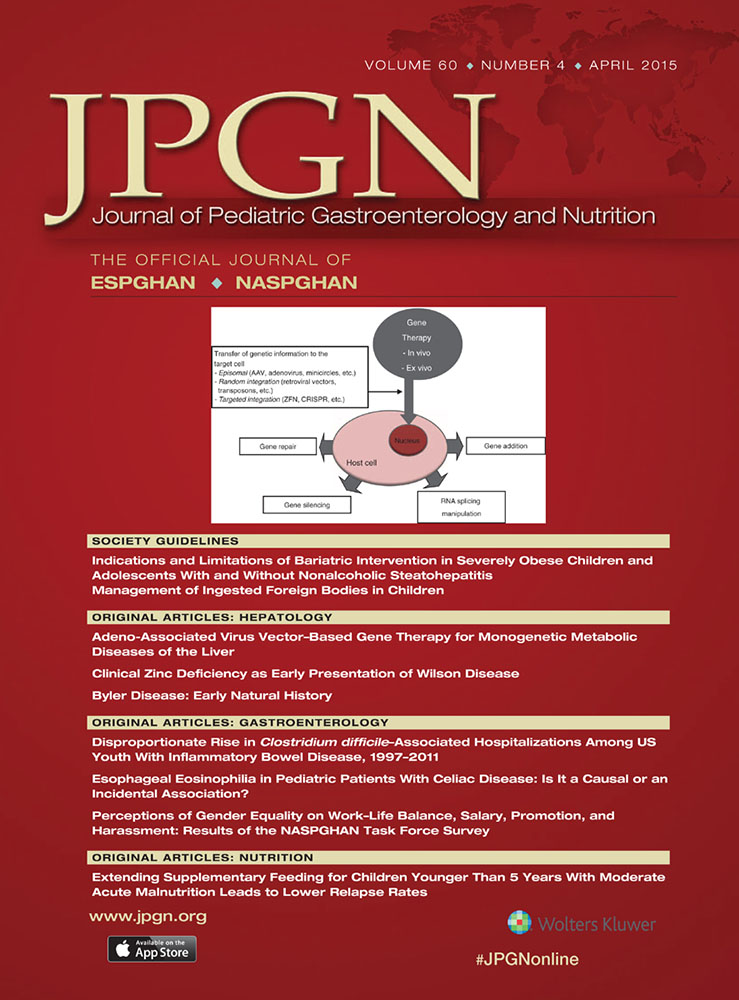Prokinetics Prescribing in Paediatrics
Evidence on Cisapride, Domperidone, and Metoclopramide
The views and opinions expressed herein are those of the authors and do not necessarily reflect those of the UK Department of Health or the Medicines and Healthcare Products Regulatory Agency (MHRA).
N.M.C. and D.A. contributed equally to the article.
This study was supported by the MHRA Pharmacoepidemiology Research Programme (grant no. SDS011).
N.M.C. has participated as an investigator in a trial of a treatment of reflux in infants funded by Johnson & Johnson. The other authors report no conflicts of interest.
Abstract
Objectives:
Domperidone and metoclopramide are prokinetics commonly prescribed off-label to infants and younger children in an attempt to treat gastro-oesophageal reflux symptoms. Another prokinetic drug, cisapride, was used but withdrawn in 2000 in the United Kingdom because of serious arrhythmic adverse events. Medicines and Healthcare Products Regulatory Agency issued safety warnings for domperidone in May 2012 and restricted its indications. We report here national primary care prescribing trends and safety signals of these drugs in children.
Methods:
We used data from the General Practice Research Database between 1990 and 2006 for children <18 years. Descriptive statistics and Poisson regressions were performed to characterise prescribing trends. We examined safety signals in nested case–control studies.
Results:
The proportion of children <2 years old being prescribed one of the medications doubled during the study period. Prescriptions of domperidone increased 10-fold, mainly following the withdrawal of cisapride in 2000. Prescriptions of metoclopramide did not change significantly. Despite the increase in prescriptions of domperidone, no new safety signals were identified.
Conclusions:
These data showed dramatic changes in prescribing of cisapride and domperidone despite the lack of good-quality supporting evidence. It is possible that these prescribing trends were influenced by published guidelines. Even if produced without robust efficacy and safety evidence, published guidelines can influence clinicians and consequently affect prescribing. Therefore, improving the evidence base on prokinetics to inform future guidelines is vital. The lack of new safety signals during this period would support the development of suitable powered clinical studies.




